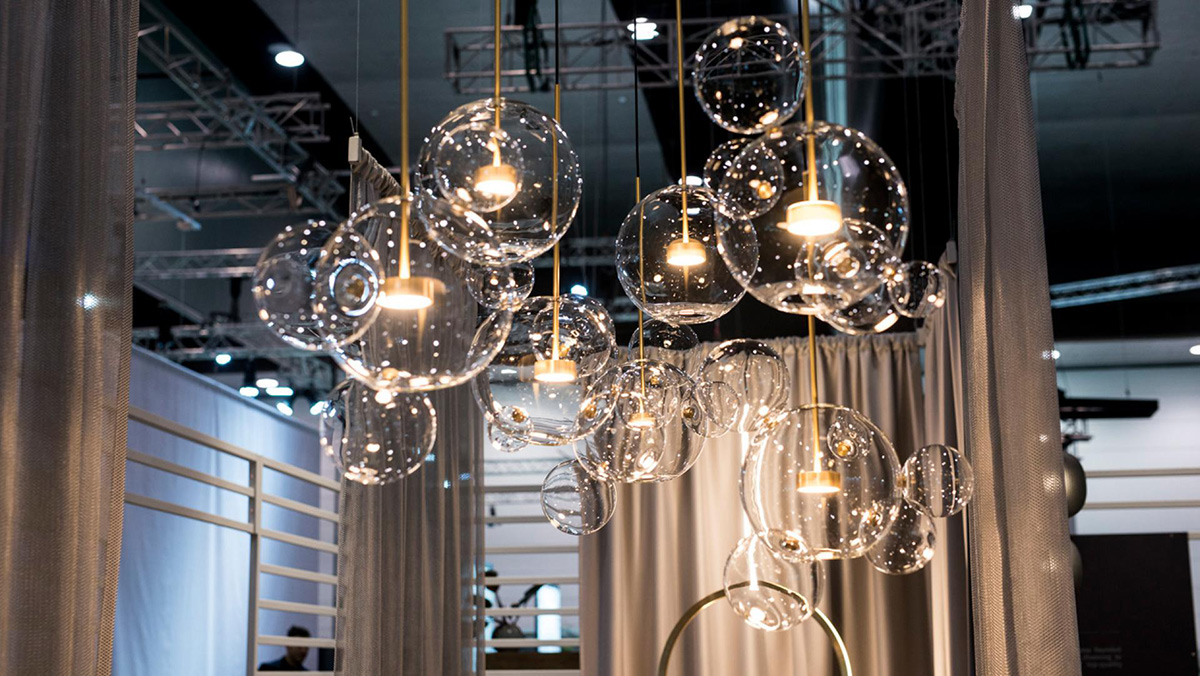
Now in its third year running, DENFAIR is fast becoming the highlight of Australia’s design calendar and a leading destination for contemporary design and art. Held over three days in Melbourne’s Convention and Exhibition Centre from 8-10 June – with two professional-only days and the last day open to the public.
DENFAIR attracted a lot of interest from Australia’s top architecture and interior design firms. This year, there was also unprecedented global attention, with attendees from 12 countries.
[houzz=https://www.houzz.com.au/ideabooks/87303513/list/the-top-10-design-trends-to-keep-an-eye-on-in-2017 w=620]
With a strong focus on Australian emerging and established brands, DENFAIR brings together the brightest talent from local and international retailers within a stimulating environment of discovery and inspiration. The products and brands are divided into one of five categories: furniture, lighting, textiles, art or objects, with the quality, craftsmanship and creativity of the installations exceeding one another. Here are the top 10 emerging trends curated from DENFAIR 2017.
1. Organic shapes
Furniture design had an uncanny common denominator this year – the organic form. Gone are the days of squared-off edges and harsh angles; everything from sofas, chairs, tables – even stools and accessories – has sweeping curves, soft angles and a sinuous flowing quality.
Local and international designers and brands such as Maruni, Foscarini, Stockholm Studio and Magis, all agreed that organic shapes dictated form and function.
Organic forms crept into bathroom design with the gentle rounded corners and undulating shapes of the stunning Zuster Ballerina vanity and mirrors. Designed by women for women, Zuster – a design and manufacturing company run by two sisters – has collaborated with Reece to produce a range of bathroom furniture. The range is not only functional, flexible and durable, it also creates a poetic bathroom experience reminiscent of 5-star spas and hotel bathrooms.
2. Lighting as art
It’s evident that lighting designers and manufacturers no longer see their product as providing a function first and foremost. Instead, they see it as an opportunity to showcase, awaken and inspire. Pendants, chandeliers, light installations, floor and table lamps have become art forms, not only in terms of the unusual materials and shapes, but the way they cast light and alter the mood of a space.
Today, there is a huge opportunity to use lighting design as the shape changer of our spaces.
A favourite with many designers at this year’s show was the ethereal crystal and brass LED Bolle Chandelier, distributed through District. Shown here as a cluster of several sizes, it would sit equally well above a dining table or as the show-stopper hanging above an occasional chair in a bedroom corner.
3. Outdoors are in
Outdoor furniture – lounges, occasional chairs, dining tables, dining chairs, settees, stools… pretty much any form of indoor furniture you can think of – were the main focus of the fair this year. The number of outdoor suppliers more than doubled from the previous year, with the stands being bigger, brighter and better than before.
Australia has always been the lucky country when it comes to its mild climate, and with the latest technologies that deal with outdoor weather and conditions, outside living can truly become an extension of indoor living all year round.
Dedon, Domo, Janus et Cie and Kettal were some of the standout furniture brands, rivalling each other in terms of quality of manufacture, breadth of product and comfort level. Commonplace materials used in outdoor furniture now range from fibres and timbers such as teak, to high-performance aluminium castings, glass, and ceramics sourced from all over the world.
4. Considered luxury
There is a quiet but obvious move to luxury of a different kind; an aesthetic that is restrained and considered. Every piece of furniture is optimally crafted from the best materials and made to last the distance. Shapes are uniform, but materiality and textures prevail. Everything has a function, every object has a purpose and clutter is edited out or hidden away in concealed storage or purposefully designed cabinets. From afar, this may look like a more minimalist approach to living, but it isn’t: comfort is still key and beauty, though paired back, still prevails.
Zuster, once again, did not disappoint with its stunning new Embellish collection. For this bespoke designed collection, Zuster’s signature craftsmanship is revealed through elegant embellishments of precious metallic studding, hand-blown glass and stone details, supple leathers and plush velvets. The collection was inspired by the fit-out of the Jackalope Hotel in Victoria’s Mornington Peninsula, with each furniture item being conceived as its own piece of art.
5. Art in design
Personally, I’ve always been a great advocate of art in design and I often start rooms using one exquisite artwork that speaks to the owner, as the inspiration and jumping off point. Art is intensely personal and has to speak to you, but you’d have been pressed not to find not one, but many things to fall in love with at DENFAIR.
The gallery section of the show substantially grew in size from last year, with many more galleries (such as Flinders Lane Gallery, Gallery 9 and Gallerysmith) as well as independent artists showcasing their beautiful works.
6. Ever-present greenery
Greenery was everywhere. Whether standing tall in pots or planters, suspended from up above or displayed as wall systems, a touch of green is the prerequisite for almost every room in the house.
7. Materiality
Materiality – the art and science of the materials used – is at the forefront of every product design. There has been so much innovation in this field that we now have bathroom sinks made out of concrete that look like porcelain, or coffee tables made out of tiles that are reminiscent of brick or concrete.
Materiality is key to weaving a story and adds so much to the design narrative.
Porcelain Bear stood out with everything from its Metro coffee table with circular-tiled pillar legs to the Enigma Chain Screen, which appears and functions as a weighty, robust screen made from individual links that feel like heavy iron but are actually solid porcelain.
8. Tendency towards textures
A strong emerging trend was about comfort; chairs and sofas have to be comfortable and relaxing, not just aesthetically pleasing. Part of that comfort is brought in through the choice of textiles, fabrics and soft furnishings.
Boyac, James Dunlop and Wortley Group were some of the textile houses present at the fair, showing how fabrics and textures can transform an environment and be used in everything from upholstery and cushions to wall coverings and bedding.
9. Brass, the bold accent
Brass, whether shiny and bold or tarnished and aged, is still the preferred metal accent. The love affair with rose gold of the last couple of years has waned, chrome is still a little passé, but brass has endured seasonal trends. Its warmth and versatility remains a favourite among lighting, furniture and accessory product designers alike.
10. Handles as jewellery
Traditionally, door hardware or handles have been an add-on at the end of a project. In recent years people have embraced more and more the idea of custom cabinetry for kitchens, bathrooms and living rooms.
As designers, there is a singular beauty in having a bespoke piece of furniture made for a client, and we use the hardware as the end signature, the statement jewellery that brings the whole outfit together.
The products on display at DENFAIR showed the trend towards a more curated life, where everything has a place, quality is valued above quantity, and individuality and warmth are an essential part of a home.







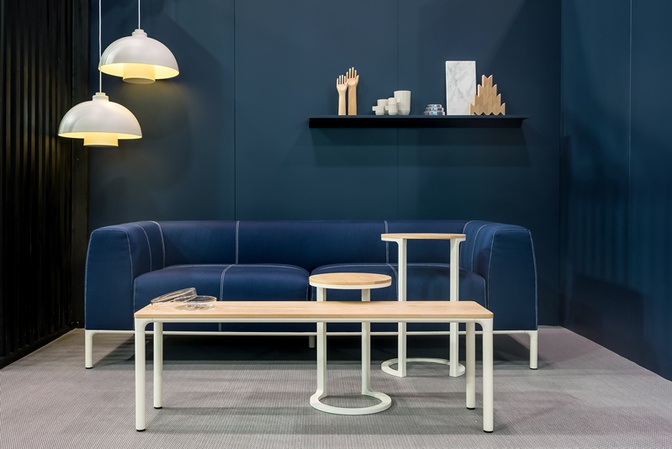
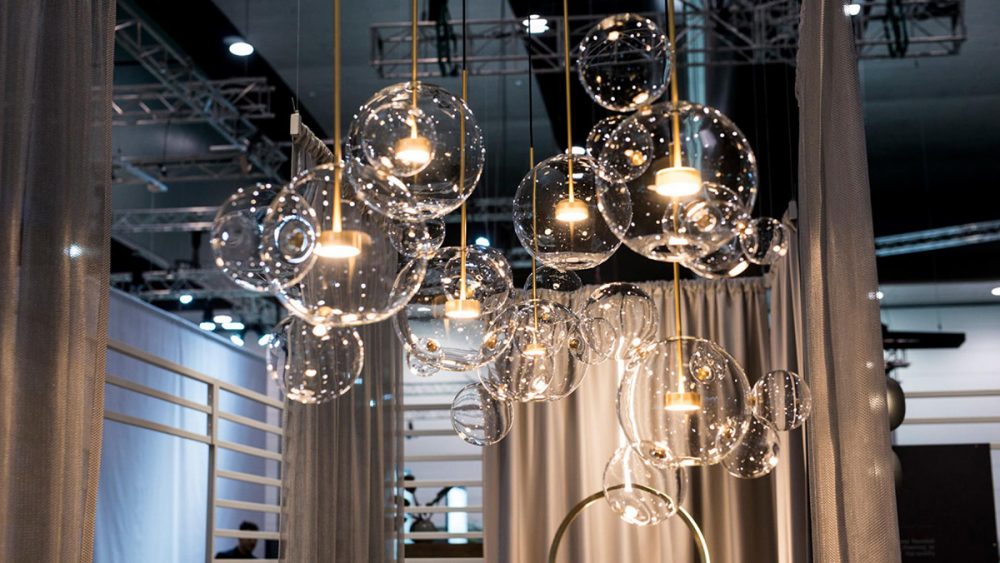
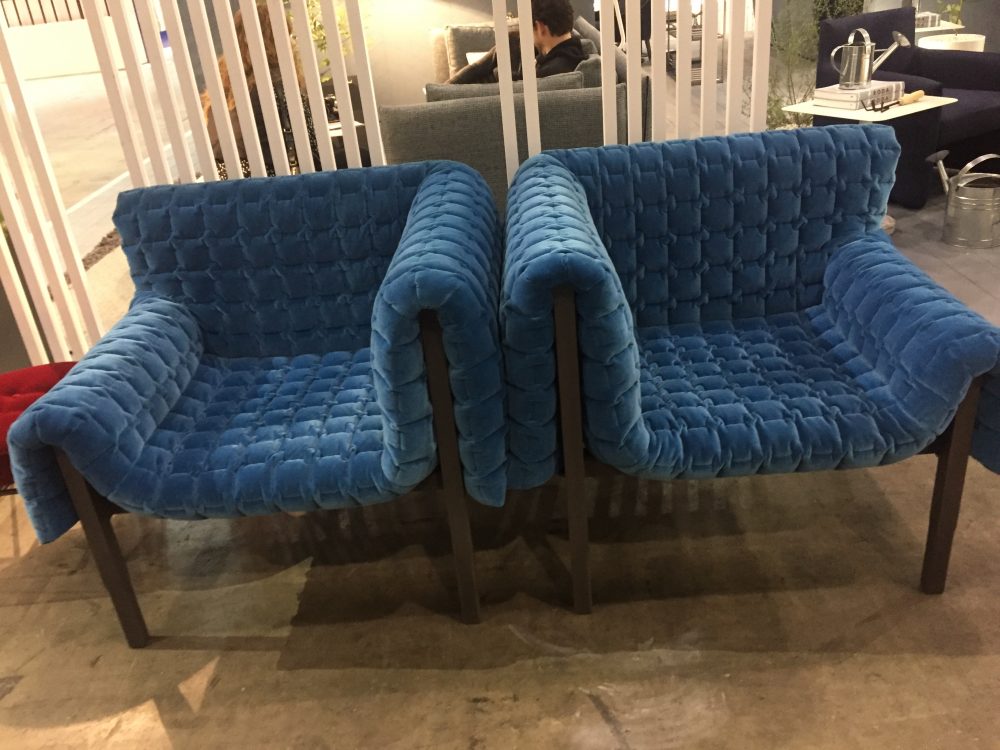
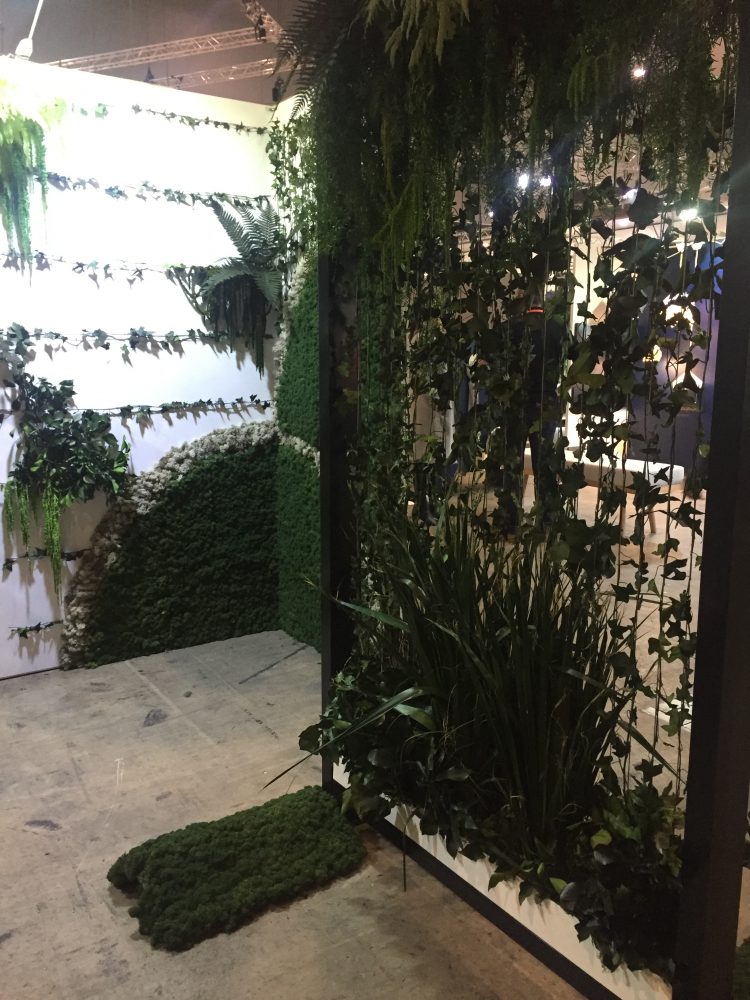
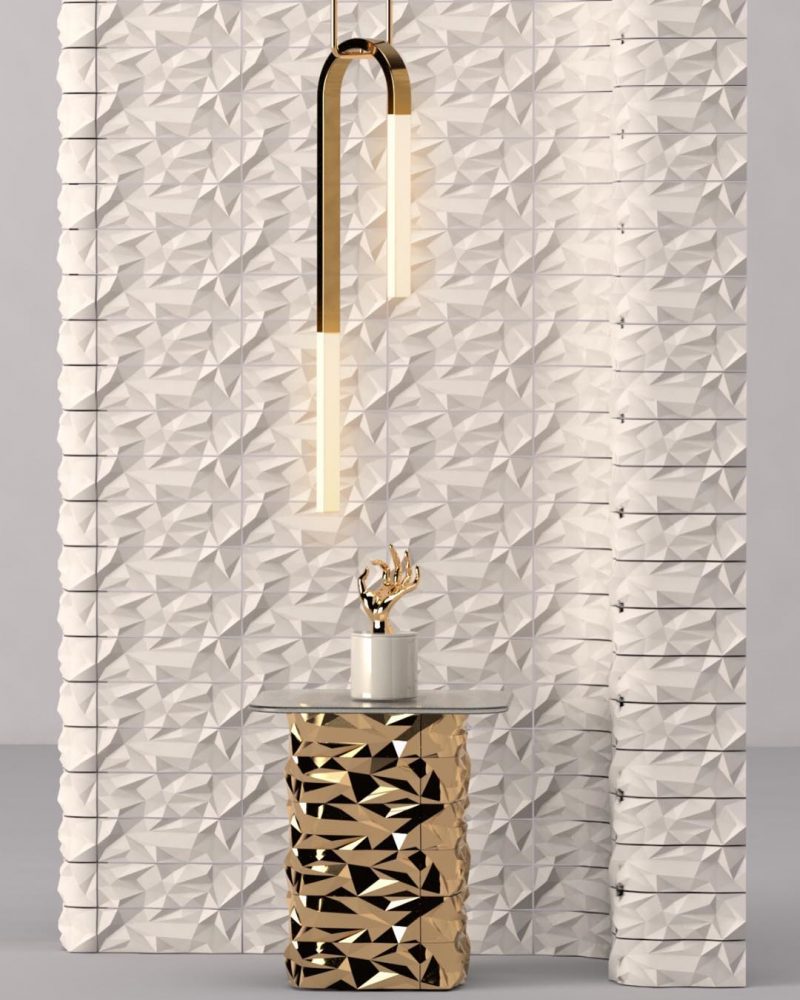
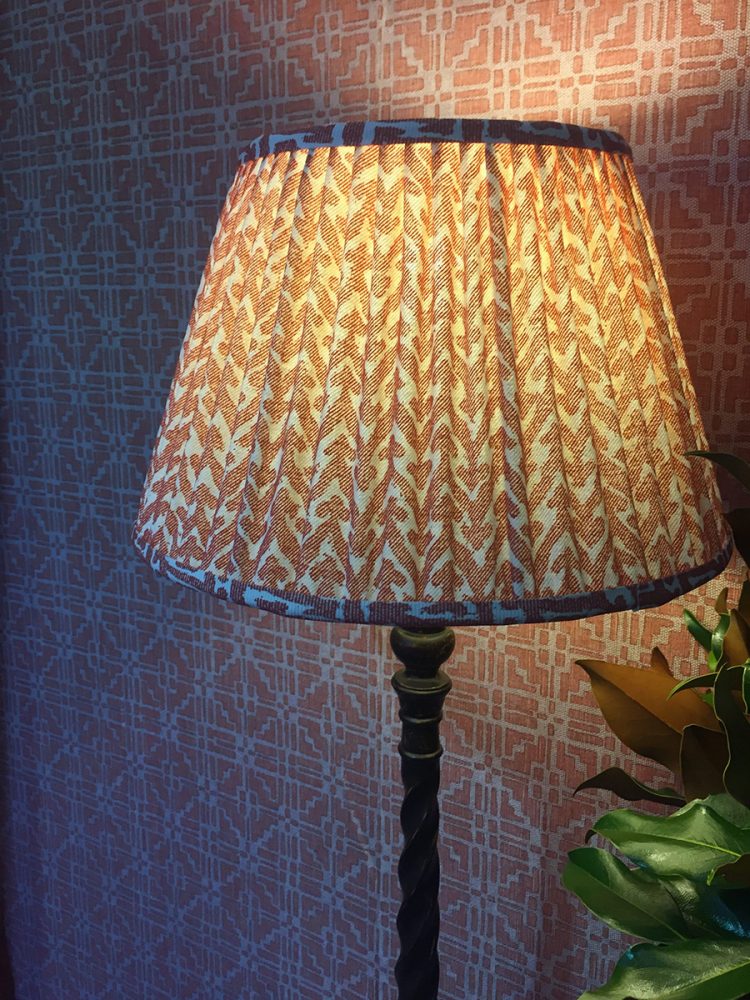
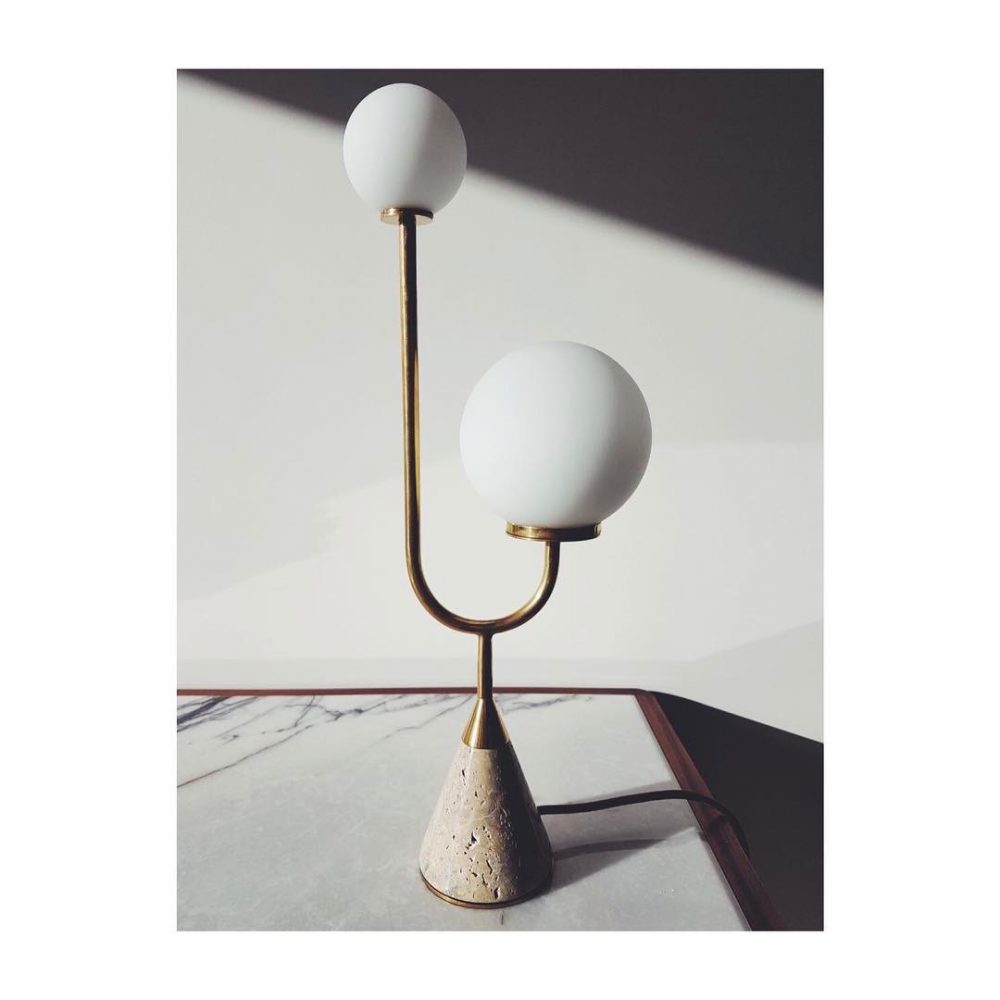
 Subscribe to our channel
Subscribe to our channel